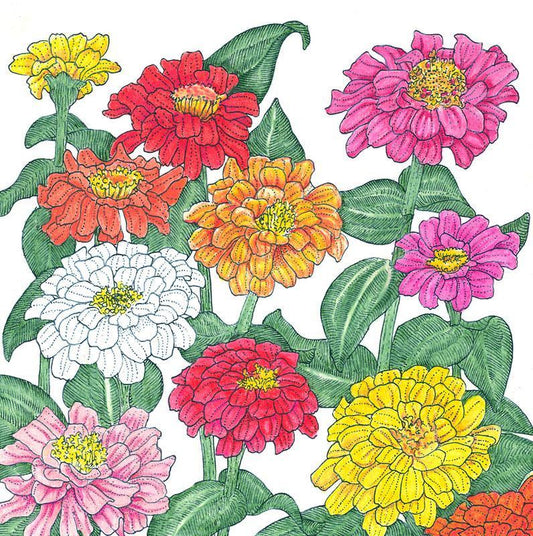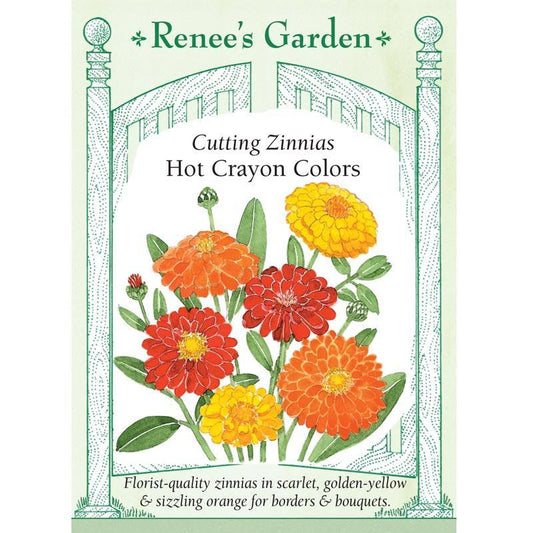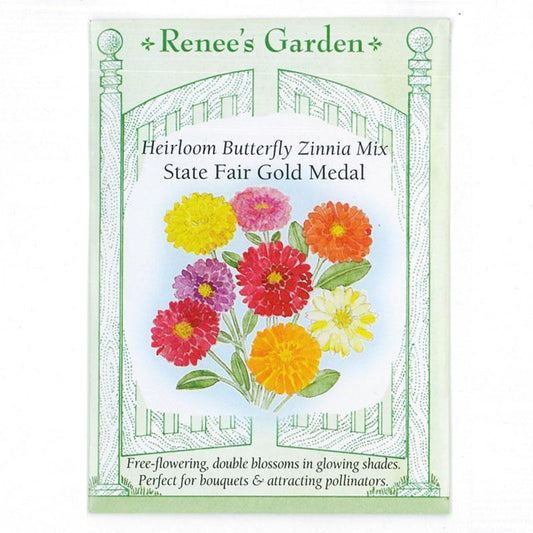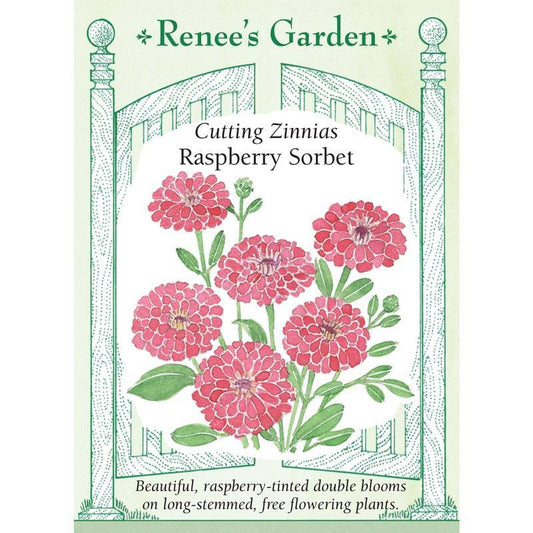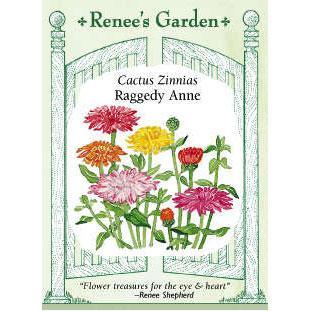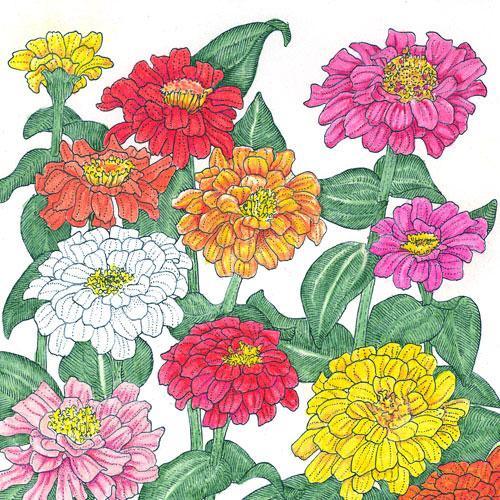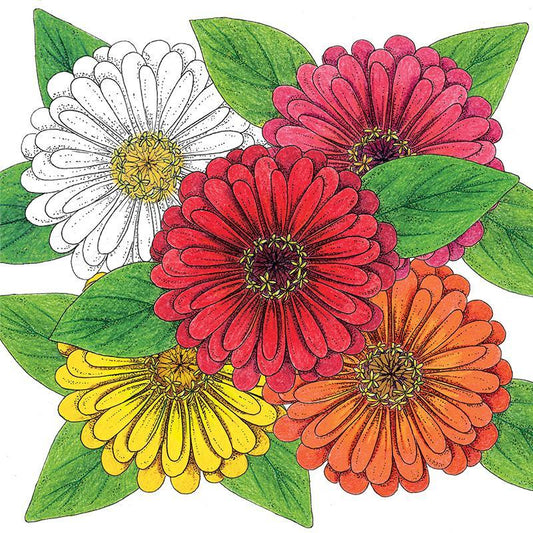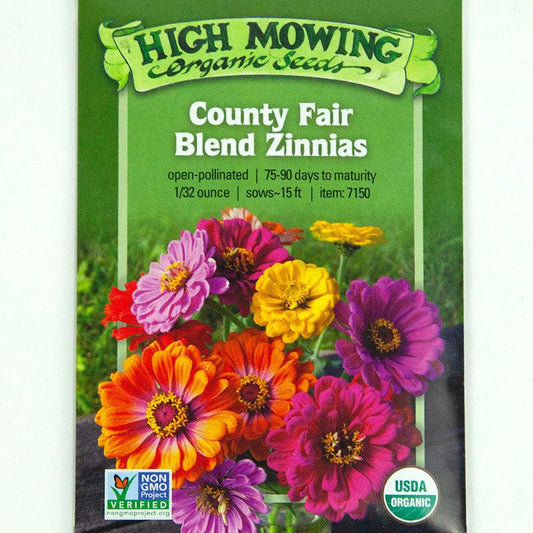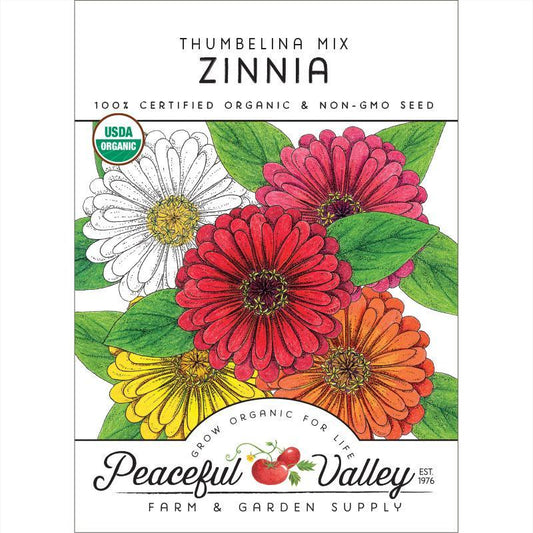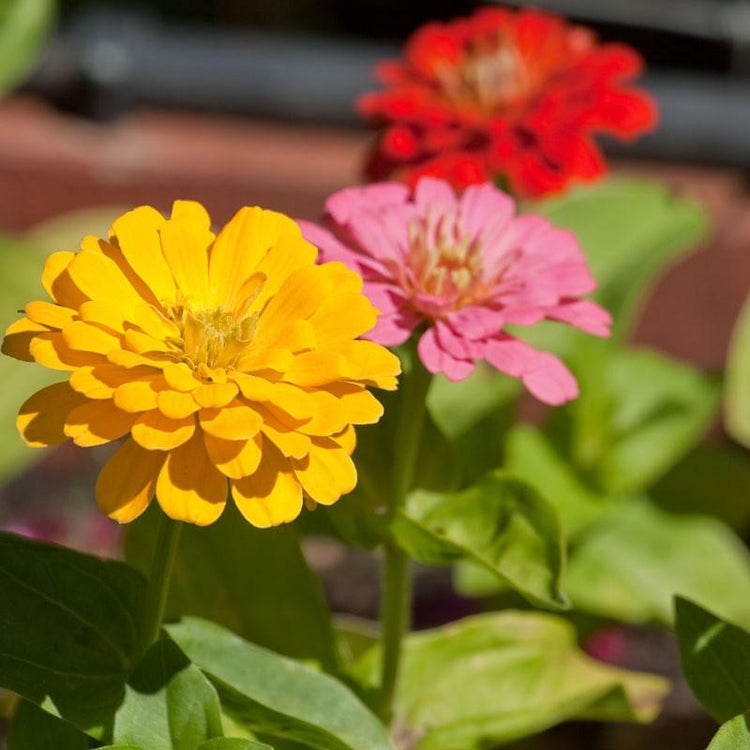Explore Our Organic Zinnia Seeds Collection – Zinnia Seeds for Sale for Every Garden!
Zinnia seeds are beloved for their vibrant blooms, easy care, and stunning variety of colors and forms. Native to Mexico and part of the Asteraceae family, zinnias are fast-growing annuals that thrive in full sun and warm weather. Popular species like Zinnia elegans and Zinnia angustifolia offer flower types ranging from pompom to star-shaped in vivid shades of red, pink, orange, yellow, and white.
Whether for seasonal beauty or cut flower arrangements, zinnia seeds are an excellent choice for gardeners of all skill levels. Many grow 12–18 inches tall, making them perfect for beds, borders, and bouquets. Organic zinnia seeds are especially popular among eco-conscious growers.
Zinnias attract pollinators, resist powdery mildew, and bloom continuously with regular deadheading. For best results, sow zinnia seeds after the last frost in well-drained soil with good airflow.
Explore our full selection of zinnia seeds for sale, including colorful blends and certified organic zinnia seeds, to bring long-lasting charm to your garden.
Planting Zinnias:
- Ideal Conditions: Zinnias thrive in full sun exposure, requiring at least 6-8 hours of direct sunlight daily for optimal growth and abundant flowering.
- Frost Consideration: Wait until the frost has passed before planting zinnia seeds directly into well-drained soil. Ensure the soil has warmed adequately for successful germination.
- Sowing Depth: Plant zinnias about an inch deep in the soil, ensuring adequate coverage while allowing space for seedling emergence.
Cultivation Tips:
- Spacing: When planting zinnia seeds, provide adequate space, roughly 12 inches apart, allowing room for growth and air circulation, which helps prevent issues like powdery mildew.
- Air Circulation: Adequate spacing encourages air circulation between plants, reducing the likelihood of powdery mildew formation, a common issue among zinnias.
- Soil Quality: Ensure well-drained soil for zinnias to prevent waterlogging, promoting healthy root growth and minimizing the risk of diseases.
Zinnias' Unique Characteristics:
- Flower Variety: Zinnia flowers boast a wide range of colors and forms, including double flowered varieties, adding diversity to gardens and floral arrangements.
- Drought Tolerance: These flowers exhibit a remarkable ability to withstand dry conditions, making them a practical choice for gardens with varying watering schedules.
Preventing Powdery Mildew:
- Attention to Detail: Maintain good air circulation around the base of the plants, ensuring proper spacing and avoiding excessive moisture buildup, which can lead to powdery mildew.
- Early Intervention: Monitor plants for signs of powdery mildew, applying appropriate treatments early on to prevent its spread and preserve the health of the zinnias.
Admiring the Beauty of Zinnias:
- Visual Appeal: Zinnias, renowned for their striking beauty, add a burst of color to gardens, attracting pollinators and providing an aesthetic delight to garden enthusiasts.
- Cut Flower Use: Consider cutting zinnia flowers for arrangements, as they boast exceptional vase life and maintain their vibrant colors for an extended period.
Caring for Zinnias:
- Fertilization: Avoid excessive fertilization, as zinnias thrive in moderate soil fertility. Follow recommended guidelines to maintain healthy growth without overwhelming the plants.
- Pruning Spent Blooms: Regularly deadhead or prune spent blooms to encourage continual flowering and maintain the plant's vigor throughout the growing season.
Zinnia seeds offer a brilliant array of colors and flower forms, making them a standout choice for gardeners looking to add charm and vibrancy to their outdoor spaces. Known for their resilience and ease of growth, zinnias are perfect for both beginners and seasoned gardeners alike.
Plant a variety of easy-to-grow zinnia seeds this season to attract beneficial insects and pollinators, naturally boosting your garden’s health. Ideal for cut flowers, all of our flower seeds are open-pollinated, meaning they’re naturally pollinated by birds, insects, wind, or other natural methods.
We offer a wide selection of zinnia seeds for sale, including colorful blends and high-quality organic zinnia seeds—perfect for eco-conscious growers who want bold blooms and sustainable gardening solutions. With proper care and attention to spacing and airflow to avoid powdery mildew, zinnias will thrive and bloom all season long.
For more information on zinnias, see our companion guide in the Resource Center or this summary from Pennsylvania State University.
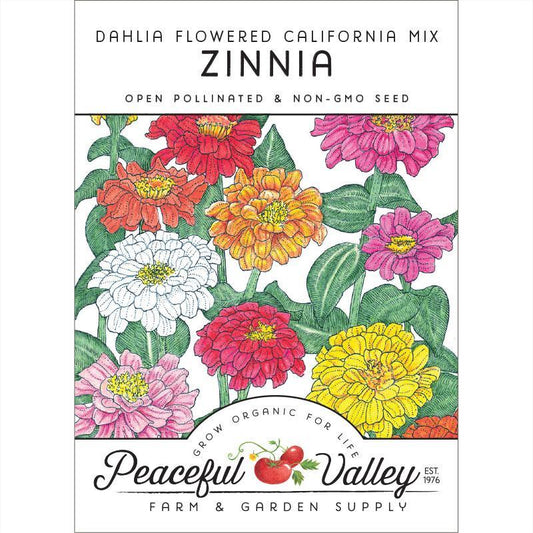 Sold out
Sold out









